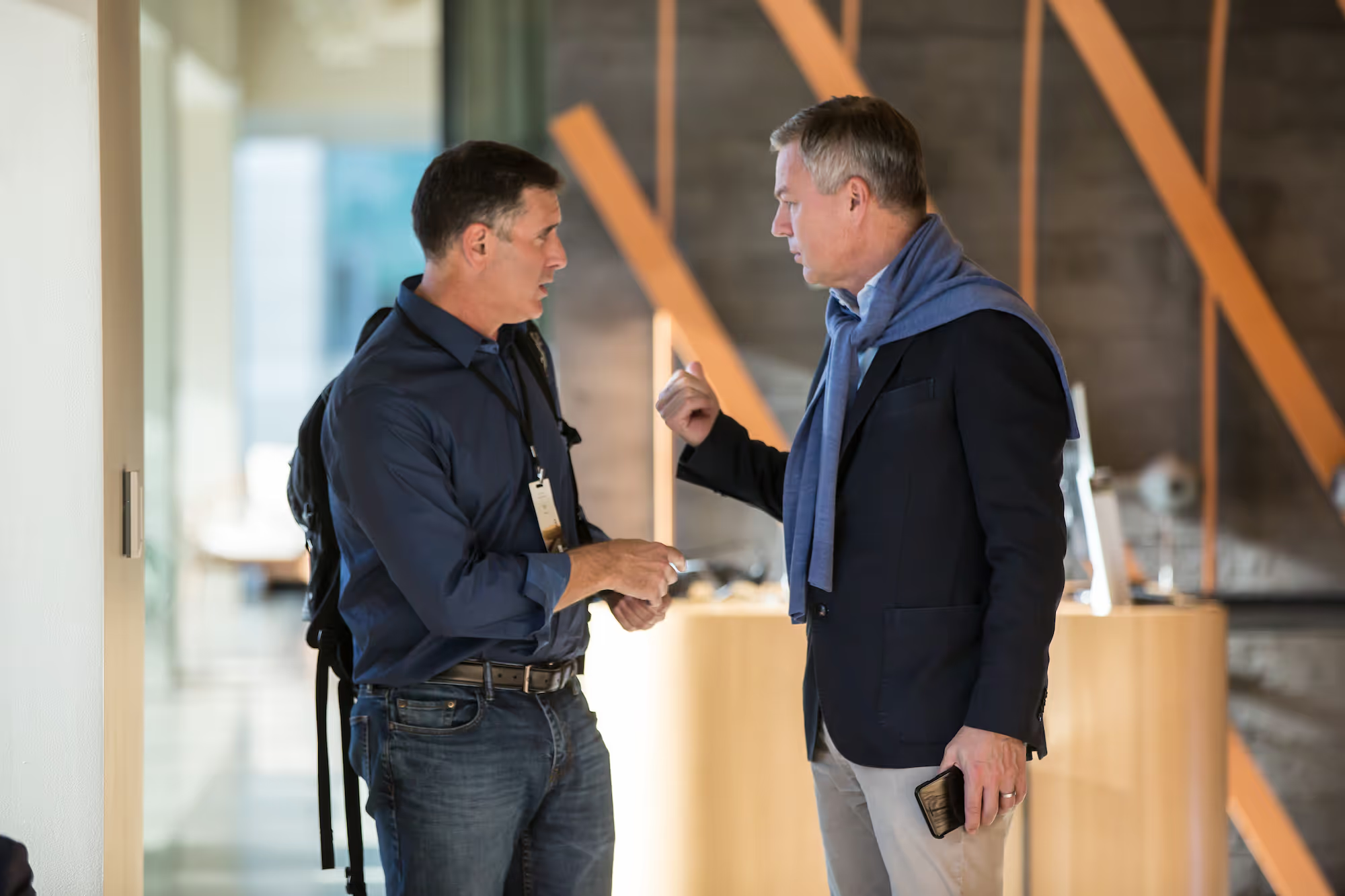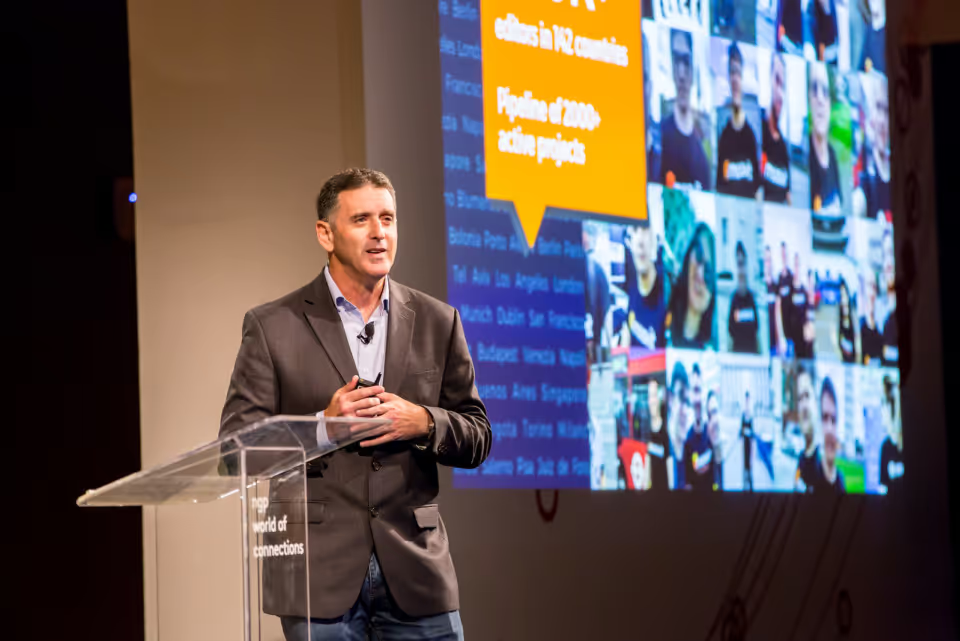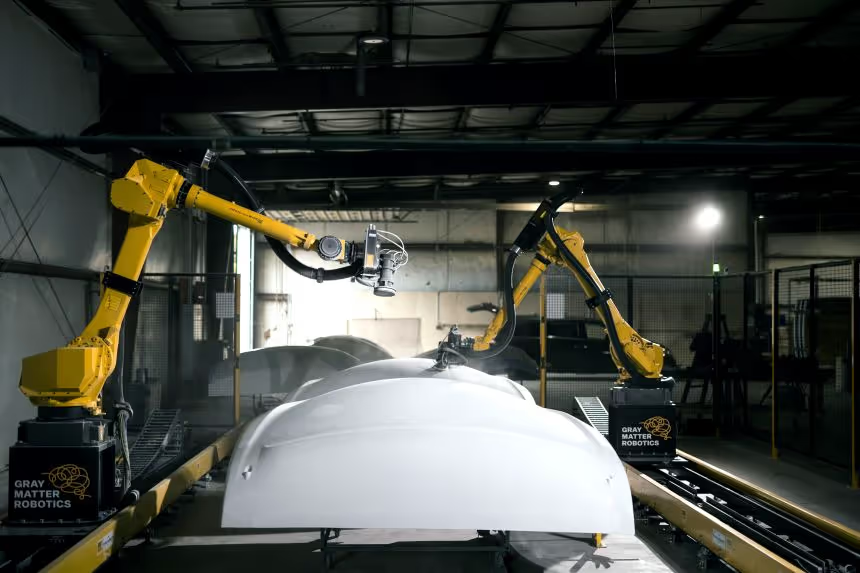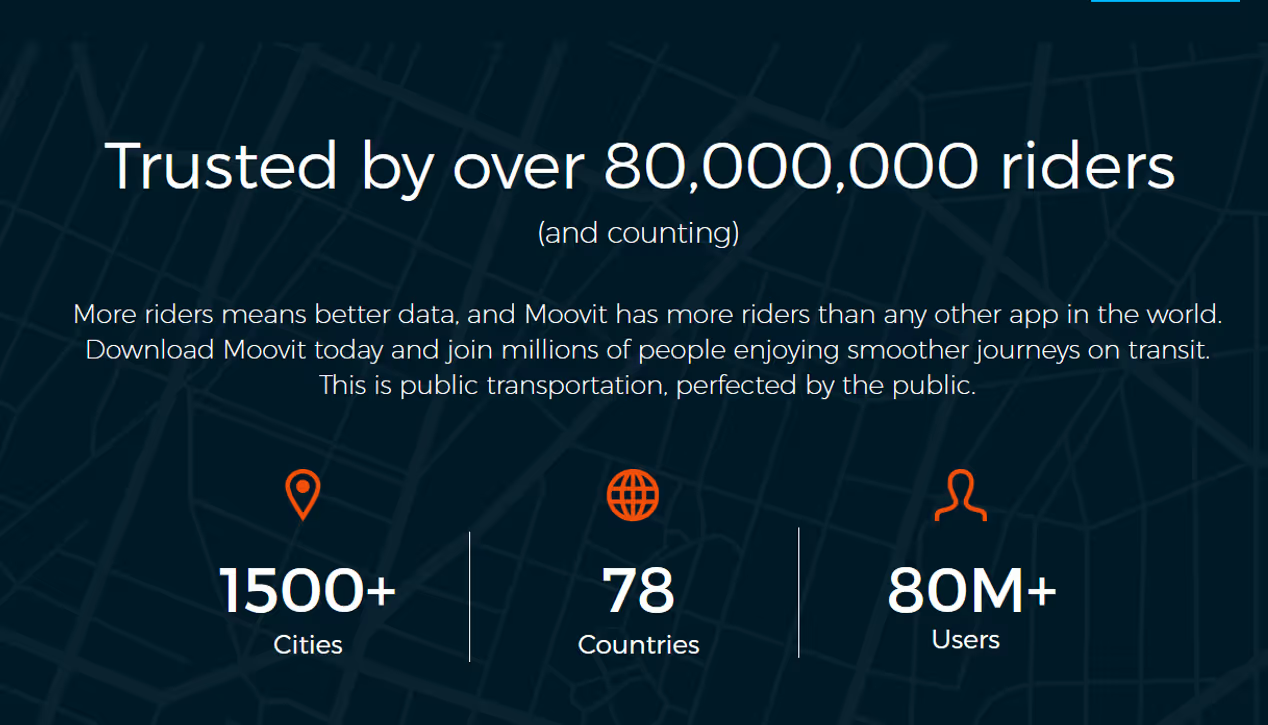Listen now
"It never gets easier, you just go faster.” - Greg Lemond, winner of the Tour de France 1986, 1989, and 1990.
When we met
In late September of 2014, I met Nir Erez in Jaffa, Tel Aviv. It was a warm and sunny day and we met in a café in Jaffa with a light breeze and a wonderful partial sea view. Jaffa is an ancient port town and the oldest part of Tel Aviv. Its existence can be traced back to 1,800 B.C., and it was built on a 40-meter high ridge, with sweeping views of the coastline. Jaffa houses, in no particular order, a large orthodox church (St. George), three mosques (Al Bahr, Mahmoudiya, and Al-Siksik), a Franciscan church (St. Peter's), several synagogues, an Armenian church (St. Nicholas Monastery), an ancient temple called the Lion Temple, and many other places of worship.
Nir and I had not come to worship or enjoy the atmosphere of a place that is close to 4,000 years old. He, having studied physics, and I, having studied electronic engineering, were rather blasé and ignorant about the glorious history of our surroundings. We did, however, discuss what could happen to something that is more than 4,000 years old, probably as old as a person getting on a beast to transport him/herself somewhere; the future of public transportation.
Nir had several entrepreneurial ventures under his belt. He had even become an investor himself. He had come to the "dark side," as many entrepreneurs like to call it. In person, Nir is polite and friendly; he has an easy smile, and is thoughtful and easy to get along with without being overtly extroverted. In stature, he looks more like a light-weight wrestler than a triathlete, but it is bicycling and triathlon that have won his sporting heart. As an entrepreneur, the stamina associated with those activities has served him well. We hit it off early in our conversation, my interest in cycling and the history of my country in the sport made for an easy opening dialogue. Our conversation turned to public transit and how poorly information about routing, connections, and real-time updates was organised. This applies not only to less developed markets, but also to the most sophisticated urban centers around the world. This was the problem that Nir and Moovit were out to solve.
When we invested
We met Nir after we had launched our “Connected Car” initiative earlier in 2014 together with HERE, which was a Nokia-owned business that enjoyed an 80% market share of the map and navigation technologies that went into cars. It was clear that the car would become connected. An increasing amount of computing power, which, hitherto, had been only in the realm of R&D and universities, was entering vehicles and systems that were starting to make their way into the mainstream. Tesla had started scaling up, and a growing unease had set in among automotive executives. We engaged former HERE executive Thom Brenner, who led what we call a “deep dive” into multimodal transport (i.e., How are trips created by stringing together a multitude of transport options? How do you discover these? How do you get information about status and pricing?). Thom passionately and rightfully believed that it was a huge problem that needed to be solved for consumers around the world.
Like other great entrepreneurs, Nir and Roy have an uncanny ability to attract stakeholders. Moovit's early investors, BRM and Gemini, were soon followed by Sequoia Israel and Sequoia US, with former Zappos CFO, Alfred Lin, joining as an observer to the board. On top of that, they had convinced the former CEO of Waze, Noam Bardin, to be an investor and board member. When we looked at the founders and leaders of the company, the board, and the metrics and growth of the business, then added their vision of becoming a global, de-facto service for public transit, it was difficult not to get carried away. The numbers are staggering: In 2017, 55 billion passengers were carried by metro systems around the world. Add to that the buses, minivans, scooters, tuk-tuks, jeepneys, and all other shared forms of public transit, and you realise how large a problem Moovit is trying to solve. Fast-forward a few months from our meeting with Nir, and we had co-led a $50M investment round in Moovit, which was announced shortly before Christmas of 2014. Our Moovit adventure had begun!
At that time, we had no revenue and no real proof of how we would start getting revenue. But we had faith in Nir, Roy, and the team, and we understood the market.

When we started to grow
The Moovit team made a number of contrarian decisions along the way. As Moovit did not have a clear monetisation model, the company turned off paid user acquisition, forcing themselves to find other ways to grow users organically. They drove web traffic to mobile, then to mobile app downloads. They developed partnerships for promotion of their service in collaboration with transit operators. They developed a crowd-sourced network of almost 700,000 editors around the world. They did meet-ups, mash-ups, everything they could to encourage contributions to the creation and validation of data sets that were starting to explode. As I am writing this, Moovit is collecting 6 billion data points about public transit journeys daily. They went to the Internet majors that did not possess public transit data and explained why it was important. They launched an app for the Apple Watch in 2015. They talked to the ride hailing and micro-mobility companies, explaining the benefit of integrating with Moovit as an option to connect the first and last mile.
In brief, they tirelessly went about creating awareness of the benefit of services that could be created on top of arcane, complicated, and hidden data! This was NOT obvious at the time. Today it is.
More importantly, they turned on a business model and started collecting revenue. It wasn’t straightforward, and it wasn’t easy, but it happened through a very deliberate process of ICIC – Implement Correct, Implement Correct… They launched a product with advertising that they A-B tested across markets. However, they decided that usability, convenience, and rapidly showing information was much more important than weird, confusing pop-up banners inside your app. So, they abandoned this idea. They designed a referral scheme for ride-hailing services, rolled it out in a number of markets, then decided that the monetisation was not sufficiently scalable because the market was capped at $10s of millions globally. Remember, this is an ambitious team!
They spent six months looking at the Chinese market, even building and launching a small-scale service to educate themselves. After much work and numerous trips to China, they decided to postpone any large-scale launch, as no appropriate Chinese partner could be found. Evidently, IF you know AT SCALE what is going on across public transit systems in China, this is considered sensitive information and would require a local partnership.
Recounting these considerations after the fact sounds simple enough. However, many companies would have made the wrong choices along the way, sacrificing user experience, growth, or exit possibilities in the hunt for a business model.
Today, Moovit adds 1.3 million new users every day with zero marketing budget. They generate income from two major businesses: 1) a data model that sells access, through an API, to anonymised Moovit data (as an example, Microsoft is a large customer with Azure Maps) and 2) a software platform, MaaS, sold in a SaaS model to transport operators, planners, and transit authorities around the world. However, the company has not stopped with these models. They recently announced a deal with Cubic in the US to become their preferred partner, helping to enable transit planning, real-time information, and mobile ticketing and ticket pricing through the Moovit service across the metros where Cubic is active.
Today
Today, the one-billion-dollar acquisition of Moovit by Intel was announced. With “only” 800 million users in 3200 cities worldwide, I hope that you start to see that there is a much larger opportunity available if Intel lets Nir, Roy, and the team continue to execute.
So, with Greg Lemond's quote, from the bottom of my heart, I want to salute Nir, Roy, and all the Moovit-ers out there, and wish you the best of luck. Your journey has just begun in your new home. It will not be easier; you will just go faster!
I wish you all a great week, good health, and happy continued journey as you learn, grow, and lead.
Bo

.svg)






.svg)






